An Early Start
Up early and out to Traigh Mhor (Big Sand), south from the ferry terminal. A rich morning light and a still sleepy island meant I had it near enough to myself.
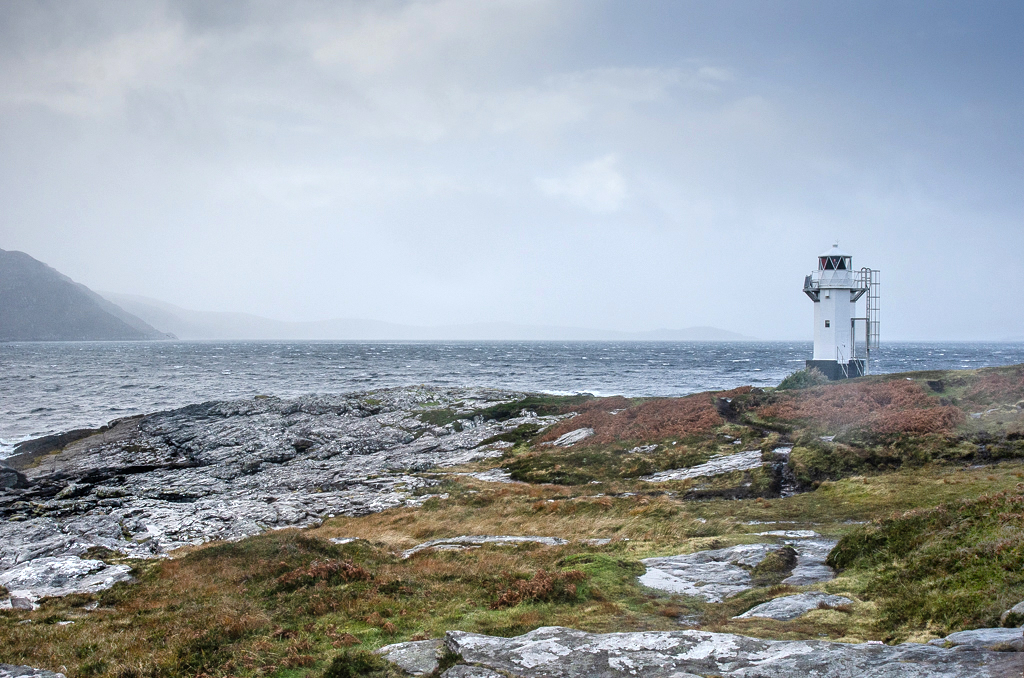
Keeping local on our last day we took the short walk down to Rhue Lighthouse, just north of Ullapool, before heading back to where it all started; the walk from Fisherman’s Cottage down to the edge of Loch Kanaird. The wind had in no way abated and we were treated to some wonderful and spectacular light and further intense squalls at both locations.
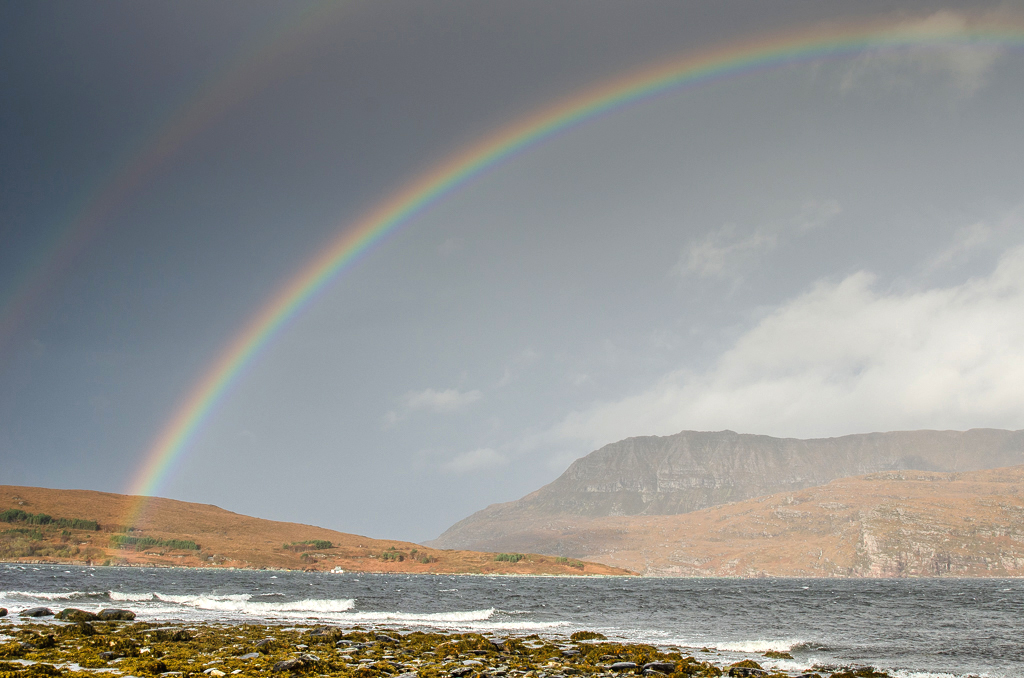
…. and so to the last full day up in the high north. With two days travelling to come and 600 miles to cover to get home to Wales we’d decided on a slower day. We felt we’d got so much done the previous days that we could afford a quieter morning. It was to be anything but!

From Stoer we moved a little south to Balchladich Bay, still on the west coast so taking the full force of the gale. Really difficult working here with stinging rain coming directly at us. The rocks once again were treacherous but seemingly dancing with the rain glossing and polishing them.

Day five saw us heading out to Stoer lighthouse, on one of the most exposed headlands on the north west coast of Scotland. We took the quick route up, rather than on the ‘Mad wee Road’. So to Ledmore junction first, before swinging left up to Inchnadamph and then into Lochinver past Loch Assynt.
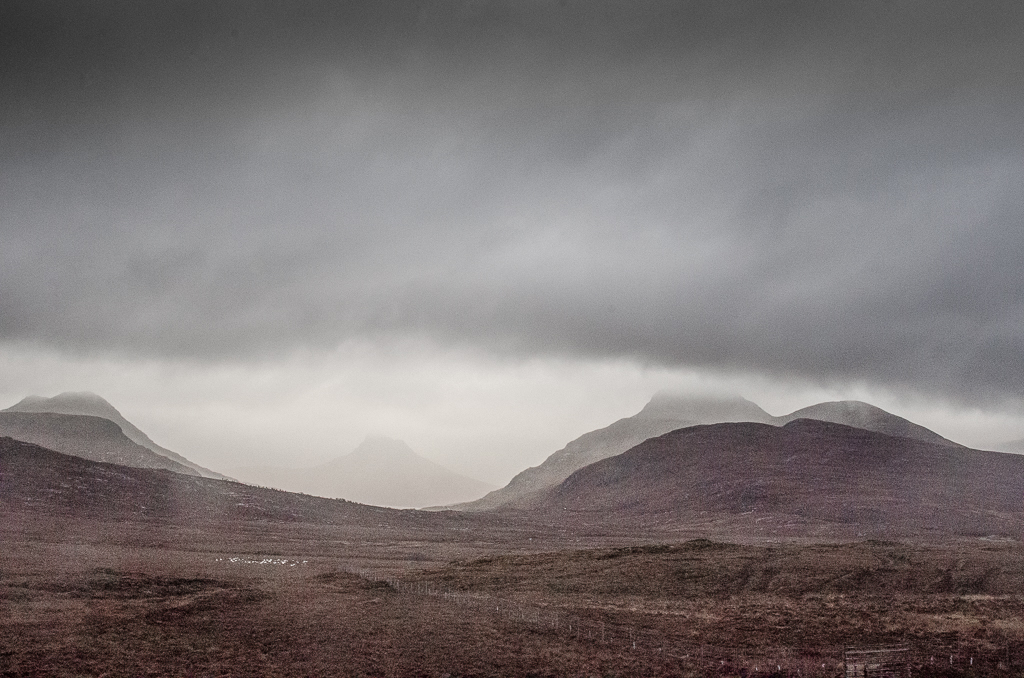
I’ll quote from my diary for today ‘The hardest day yet with heavy pulsing showers, but with that comes drama and interesting light’ We headed out on the ‘Mad wee road’ again and out to Achahaird Bay on the Rubha Mor peninsula.
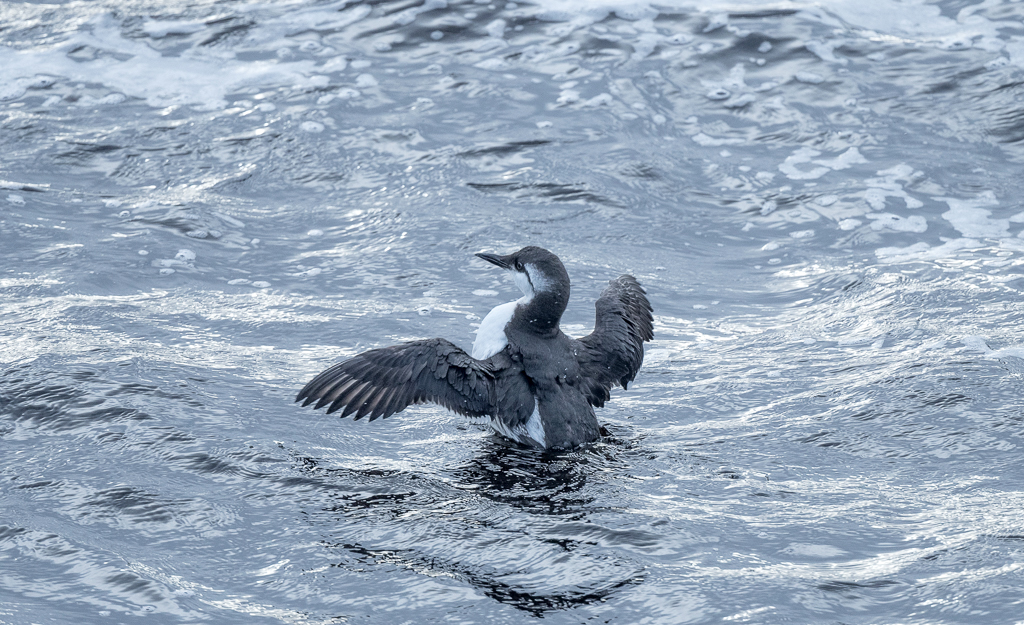
Forty five minutes in the Stornoway terminal (you can’t actually stay on the ferry and must disembark and embark again) and we were once again on our way. A lone Guillemot was close to the shore by the terminal and gave really fine views of its winter plumage.

Day three saw us on the Ullapool Stornoway ‘Cal Mac’ ferry as foot passengers. We took the journey over and came straight back and at £20 for the round trip it was a perfect opportunity for a bit of sea watching and to take in some of the coast from a different view point.
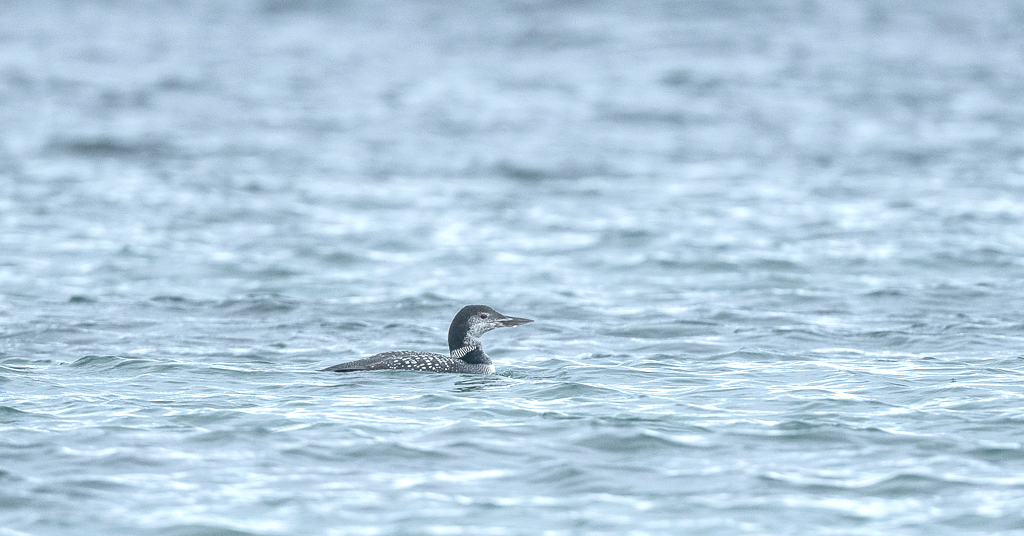
Mellon Udridgle holds some great memories of time spent with a couple of Red-throated Divers in the lochans on the peninsula behind the settlement. It was the middle of June then and now I was here in early November.
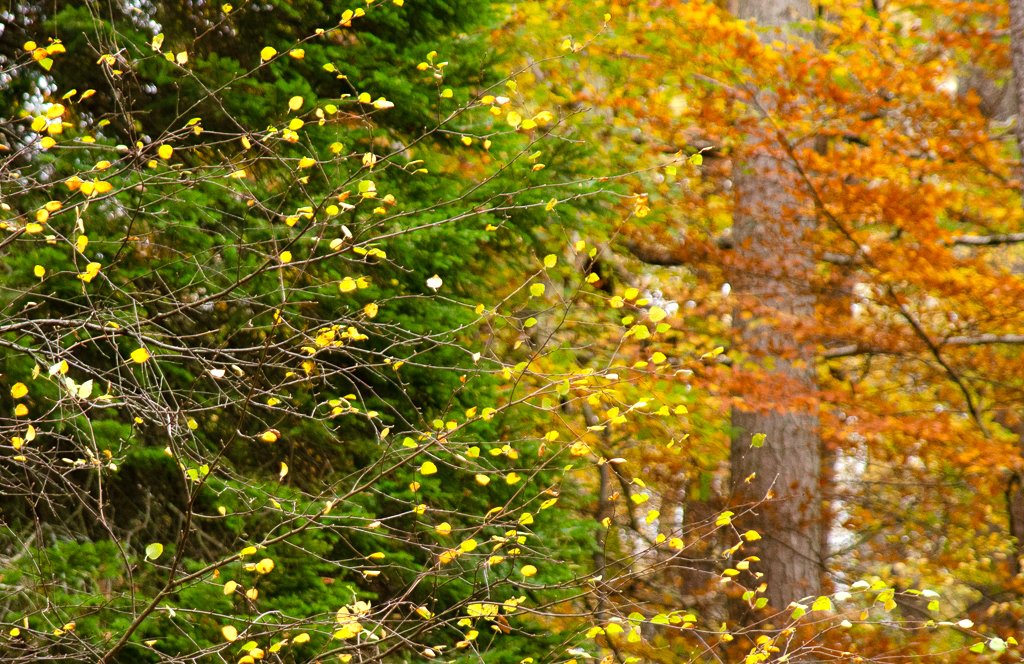
Our second day saw us heading towards Ardessie waterfalls on the south side of Little Loch Broom and taking in a couple of stops on the way. The autumn colours were spectacular and with the dull weather and rain, seemed to glow ever more brightly. We simply couldn’t drive past some of the trees along Strath Beag without giving them some time. Just by the turning towards Badrallach a particular rich area gave us a wonderful hours work and it was here that the rain started.

Checking the forecast on our first morning, it seemed best to walk from the cottage, which was on the shores of Loch Kanaird, a few miles north of Ullapool. Rain was forecast for the morning but with brighter skies in the afternoon.
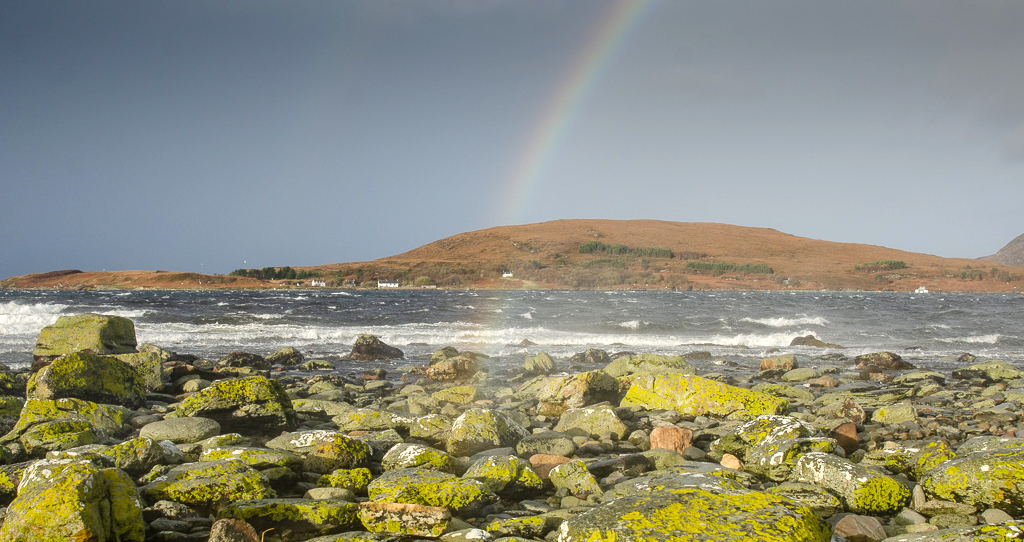
I’ve just returned from a dramatic week on the North West coast of Scotland. It’s been a while since I’ve posted on this blog, in fact eighteen months, so let’s get going again! I’ve been doing a fair bit of birdwatching which has taken me the length and breadth of the country during those months but also had some heart problems, which resulted in open heart surgery earlier this year. This, coupled with lockdowns, has made it a difficult last few years for us all and we are still a long way from getting back to whatever ‘normal’ is now.

Mellon Udrigle is a small crofting settlement strung along the western shore of Gruinard Bay. Suilven and the mountains of Coigach dominate the view from a turquoise sea and a pristine beach of broad white sand.
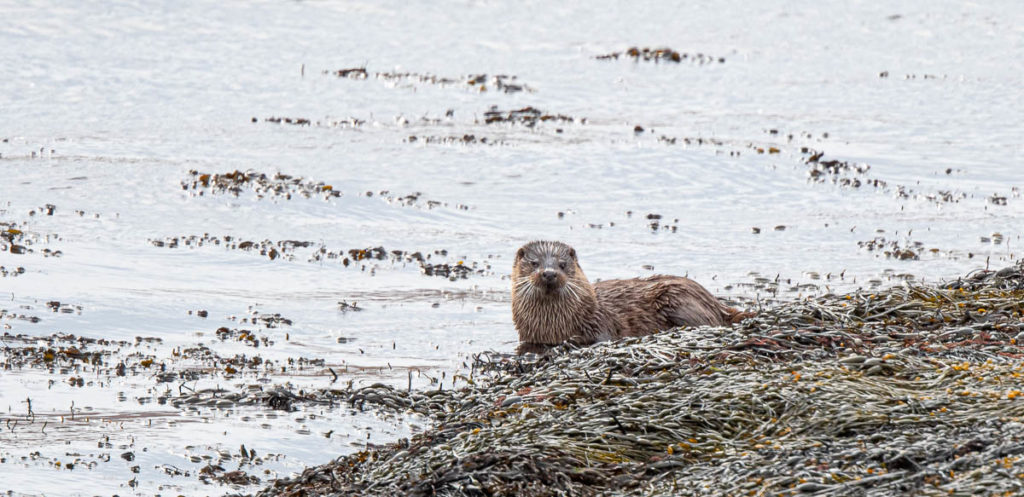
There are a few iconic species you hope for when heading to Mull and we were fortunate to see them all. The Otter showed on our last day and the Hen Harriers gave great scope views but were always a little far for photography. Both species of Eagles didn’t disappoint and Red Deer were numerous but better at dawn and late evening.